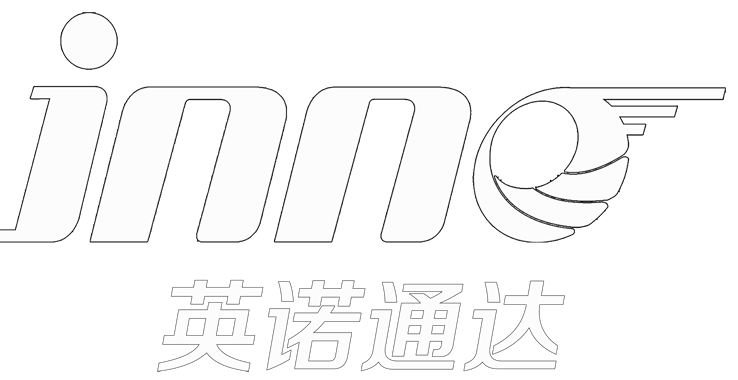Oil-immersed transformer accessories
Date: July 26, 2025 09:01:05
There are many oil-immersed transformer parts, which can be divided into core parts, protection parts, cooling parts, voltage regulating parts, etc. The following is a detailed introduction:
core component
- iron core: It is the main part of the magnetic circuit of the transformer, which is responsible for converting the electrical energy of the primary winding into magnetic energy, and transferring the magnetic energy to the secondary winding through magnetic coupling to realize the transmission of electrical energy. At the same time, the iron core also serves as the mechanical support skeleton for other parts inside the transformer to ensure the solidity of the transformer structure. It is usually made of high-quality silicon steel sheets laminated together to reduce eddy current loss and hysteresis loss and improve the efficiency of the transformer.
Power equipment Oil-immersed transformer core
- coil (in electric motor or transformer): It is the circuit part of the transformer, which is made of insulated copper or aluminum wire and is responsible for the input and output of electrical energy. The winding is divided into high-voltage winding and low-voltage winding, according to the winding method can be divided into concentric winding and stacked winding and so on.
Power equipment Oil-immersed transformer windings
- oil tank: It is the shell of an oil-immersed transformer with transformer oil inside for insulation and heat dissipation. It is usually welded from steel plate and has good sealing and corrosion resistance.
Power Equipment Oil-immersed Transformer Tank
Protective components
- Oil reservoirs (oil pillows): Installed on the oil tank, used to store excess transformer oil, and automatically replenished when the transformer oil level drops, to maintain the stability of the oil level in the oil tank. It also plays the role of isolating the inside of the oil tank from the outside world, preventing the outside air, water and other impurities from entering the oil tank.
Power Equipment Oil-immersed Transformer Oil Storage Cabinet
- Insulation Sleeve: Installed on the transformer tank cover, used to lead the coil lead end out of the tank, and make the lead insulated from the tank to prevent the occurrence of electrical breakdown accidents. At the same time play the role of supporting and fixing the lead wire to ensure the stable connection of the lead wire. According to the different voltage levels, it can be divided into porcelain insulated casing, gas-filled or oil-filled casing and capacitive casing.
Power equipment Oil-immersed transformer insulating bushings
- Gas Relay: Installed on the connecting pipe between the oil tank and the oil pillow, it is the core component of the transformer's main protection (gas protection), realizing non-electricity protection through oil flow changes and gas accumulation, and quickly detecting and issuing an alarm when a fault occurs inside the transformer to prevent further expansion of the fault.
-
 Power Equipment Oil-immersed Transformer Gas Relay
Power Equipment Oil-immersed Transformer Gas Relay - pressure relief valve: When the pressure inside the transformer is abnormally high, it can automatically release the pressure to prevent the oil tank from bursting and protect the transformer.
Power Equipment Oil-immersed Transformer Pressure Relief Valve
- flameproof tube: Generally mounted on the top cover of the transformer, the horn-shaped tube is connected to the atmosphere, the mouth of the tube is sealed with a film, when the pressure inside the transformer rises abnormally, the film ruptures and the pressure is released, preventing the oil tank from bursting, commonly used in small transformers.
Power Equipment Oil-immersed Transformer Explosion-proof Tube
- ventilator (artificial breathing apparatus used in hospitals): Also known as a hygroscope, it usually consists of a tube and glass container containing a desiccant (silica gel or activated alumina), which is used to maintain air circulation between the inside of the tank and the outside environment, while preventing impurities and moisture from the outside air from entering the tank.
Power Equipment Oil-immersed Transformer Breather
Cooling components
- lit. scatter heat device: The most common cooling component, by increasing the cooling area of the oil tank, relying on the natural convection of air to dissipate heat. There are also air-cooled radiators, i.e., a fan is added to the radiator to force the air flow to dissipate heat, and forced oil circulation air-cooled or forced oil circulation water-cooled, etc., using an oil pump to send oil into an independent radiator group or oil - water heat exchanger for cooling.
Power Equipment Oil-immersed Transformer Radiator
- cooling fan: In an air-cooled radiator, the cooling fan is used to accelerate air flow and improve heat dissipation, and is usually started and stopped automatically depending on the temperature of the transformer.
Power Equipment Oil-immersed Transformer Cooling Fans
Pressure regulating components
- on-load tap-changer: By connecting different connectors, the number of turns in the original winding is changed, thus realizing the regulation of the voltage, which is divided into two types: on-load tap-changers and no-load tap-changers. In on-load tap-changers, there are also protection devices for monitoring and protecting the normal operation of the switch.
Power equipment Oil-immersed transformer on-load tap-changers
Measurement and control components
- thermometers: Used for real-time monitoring of transformer oil temperature, providing temperature data support for operators, mercury thermometers for small oil-immersed transformers, pressure thermometers for large oil-immersed transformers.
Power Equipment Oil-immersed Transformer Thermometer
- oil level meter: Usually installed on the oil storage cabinet, used to display the height of the transformer oil level, the operator can observe the oil level changes through the oil level meter, to determine whether the transformer has oil leakage and other abnormalities.













